A digital camera is an input device used to capture pictures. They can be used for a variety of purposes, including business and personal use. While they are not as common as smartphones, digital cameras offer many benefits that smartphones cannot provide. In this article, we will answer some common questions about digital cameras and provide helpful tips on how to use them!
What Is a Digital Camera?
A digital camera is an input device used to capture pictures. Unlike a traditional film camera, which uses a light-sensitive film to capture images, a digital camera captures images using an image sensor. This image sensor converts the light that enters the camera into electrical signals. These electrical signals are then converted into digital information that can be stored on a memory card or other storage device.
Digital cameras come in a variety of shapes and sizes, but they all have three basic components: a lens, an image sensor, and a memory card. The lens is responsible for focusing the light onto the image sensor. The image sensor converts the light into electrical signals. And finally, the memory card stores these digital files so that they can be later transferred to a computer or other device.
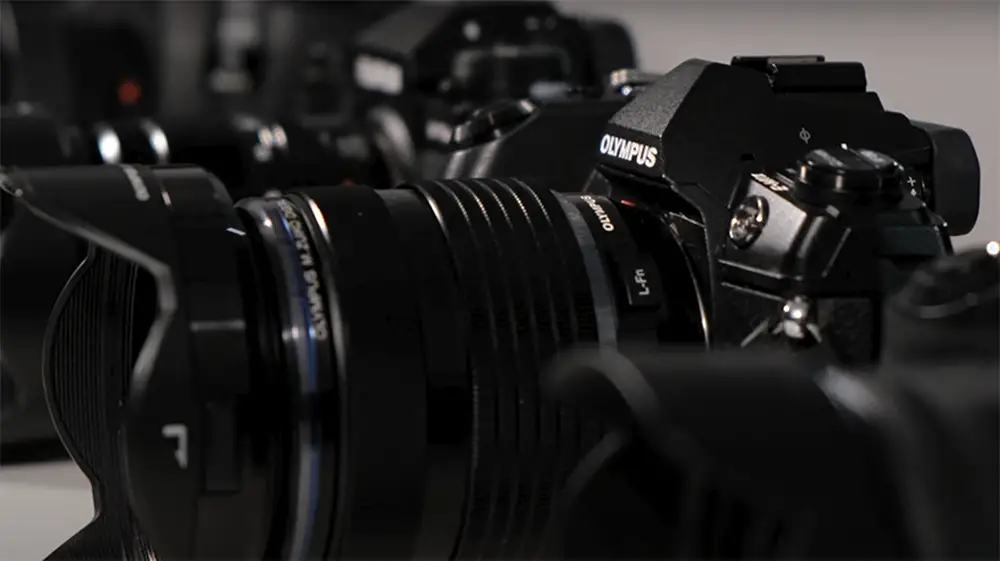
Digital cameras have many benefits over traditional film cameras. For one, they are much cheaper to operate since there is no need to purchase film or develop pictures. They also allow you to take an infinite number of pictures without having to worry about running out of film. And perhaps most importantly, digital cameras give you the ability to instantly view and share your pictures with others via email, social media, or other means.[1]
What is an Input and Output Device?
Input Devices
An input device is any hardware component that allows a user to enter data and instructions into a computer. Common examples of input devices include keyboards, mice, touchpads, trackballs, scanners, digital cameras, joysticks, and microphones.[4]
Output Devices
An output device is any piece of computer hardware equipment which converts information into human-readable form. It can be text, graphics, tactile, audio, and video. Some of the output devices are visual displays, speakers, printers, etc.
Digital Camera As An Input Device
You can use a digital camera as an input device to take pictures and videos, which you can then store on your computer or other devices. You can also transfer files from your camera to your computer using a USB cable, memory card, or other storage method.
Some digital cameras have special features that allow you to do more than just take pictures and videos. For example, some cameras have a built-in microphone that lets you record audio along with your video footage. Other cameras have a GPS feature that lets you tag your photos and videos with location data. And some newer models of digital cameras even let you connect to the internet so you can share your photos and videos online.[2]

Digital Camera As An Output
Many people think that a digital camera is an output device because it produces images. However, a digital camera is actually an input device because it captures information from the world around us and then stores that information on a memory card or in the cloud.
There are many different types of output devices, such as printers and monitors, which take the information stored on a computer and turn it into a physical form that we can see and touch. Output devices also include speakers, which take the information stored on a computer and turn it into sound waves that we can hear.
Digital cameras are different from output devices because they don’t just take the information that’s already stored on a computer and reproduce it in another form. Instead, digital cameras capture information from the world around us and then store it on a memory card or in the cloud.
If you’re still not sure whether a digital camera is an input or output device, think about what would happen if you tried to take a picture of your computer screen with a traditional film camera. The result would be a blank photo because the film camera can only reproduce what’s already been stored on its film. On the other hand, if you took that same picture with a digital camera, you’d be able to capture the image of your computer screen and save it as a file on your memory card or in the cloud.[2]
A Digital Camera As A Storage
You might be wondering why you can’t just store the pictures on the camera’s internal memory. Most digital cameras have very limited storage space, so it’s not really practical to use them as storage devices. If you did want to store pictures on the camera, you would need to purchase a memory card with more capacity. Memory cards are relatively inexpensive and easy to find. You can usually find them at any electronics store or even some supermarkets.
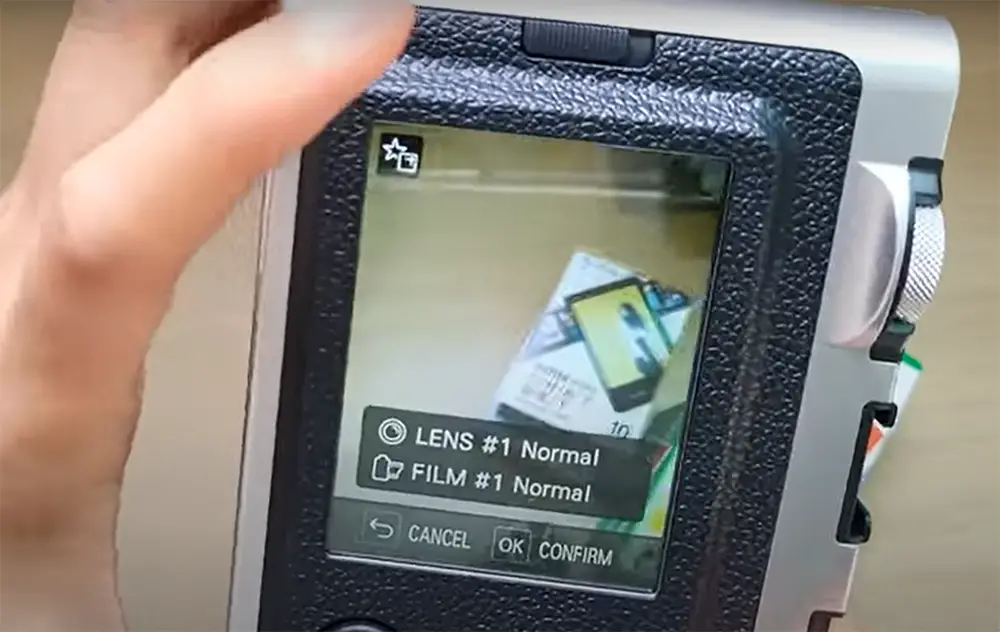
If you want to use your digital camera as an input device, then you would need to purchase a special cable that connects the camera to the computer. This type of cable is called a USB cable. Once you have the cable, you can connect the camera to the computer and transfer the pictures directly onto the hard drive.[2]
How Does a Digital Camera Work?
A digital camera is an electronic device that captures and stores images in digital format. The way a digital camera works is fairly simple. light enters the camera through the lens and hits a sensor called the image sensor. This image sensor is made up of tiny photosensitive cells that convert the incoming light into electrical signals. These electrical signals are then processed by the camera’s internal circuits and stored as digital data on a memory card inside the camera.
What Type of Device Is a Digital Camera?
Digital cameras are devices that take pictures and store them in a digital format. They can be either standalone devices or they can be built into other devices such as phones or computers.
Most digital cameras have a lens that focuses light onto a sensor. The sensor is what captures the image and converts it into digital data. This data is then stored on a memory card or in the camera’s internal memory.
Some digital cameras also have a viewfinder which lets you see what the camera will capture before you take the picture. Viewfinders can be either optical or electronic. Optical viewfinders show you a real-time image of what the camera will see, while electronic viewfinders display a live preview of the image that will be captured.[1]
Benefits and Advantages of Digital Cameras in Points
Digital cameras have many benefits and advantages. In points, these are:
- They help you capture memories and moments that you can later look back on and cherish.
- They are easy to use and most people find them very user-friendly.
- You can take them with you wherever you go so that you never miss a moment.
- Most digital cameras now come with editing software so that you can edit your photos before printing or sharing them online.

- They are affordable for most people and there is a wide range of prices to choose from depending on your budget.
- You can find digital cameras in a variety of styles, such as point-and-shoot or DSLR, to suit your needs.[3]
Is A Printer Input Or Output?
Printers are one of the most common output devices. They take the digital information on your computer and turn it into a physical form that you can hold in your hand. This can be anything from a simple black-and-white document to a color photo or even a three-dimensional object.
However, some newer printers also have the ability to scan documents and photos and save them as digital files on your computer. This means that, technically speaking, they can also be used as input devices.
So, is a printer an input or output device? The answer is: both! It all depends on how you’re using it.[2]
Is a Phone Camera an Input Device?
The answer to this question is a bit more complicated than a simple yes or no. While a camera can be used to take pictures, which are then stored on the phone, the camera itself doesn’t technically “store” any information. That said, most people would consider a phone camera to be an output device, as it takes pictures that can be saved and shared.
However, there are some who would argue that a phone camera can also be considered an input device. This is because the user has to input certain information in order to take a picture, such as framing the shot and pressing the shutter button. So while a camera may not store any information itself, it does require input from the user in order to function.[4]
How Does a Webcam Work as an Input Device?
To use a webcam as an input device, you need to connect it to your computer. Most webcams come with a USB cable that you can use to connect the webcam to your computer. Once the webcam is connected, you will need to install any software that came with the webcam or that you need to use the webcam. Once the software is installed, you will be able to use the webcam with your computer.
Webcams typically work by taking pictures or videos of what is in front of them and then sending those pictures or videos to your computer. The pictures or videos are then displayed on your screen. You can usually control how the picture or video is displayed on your screen by using the software that came with the webcam or that you installed.
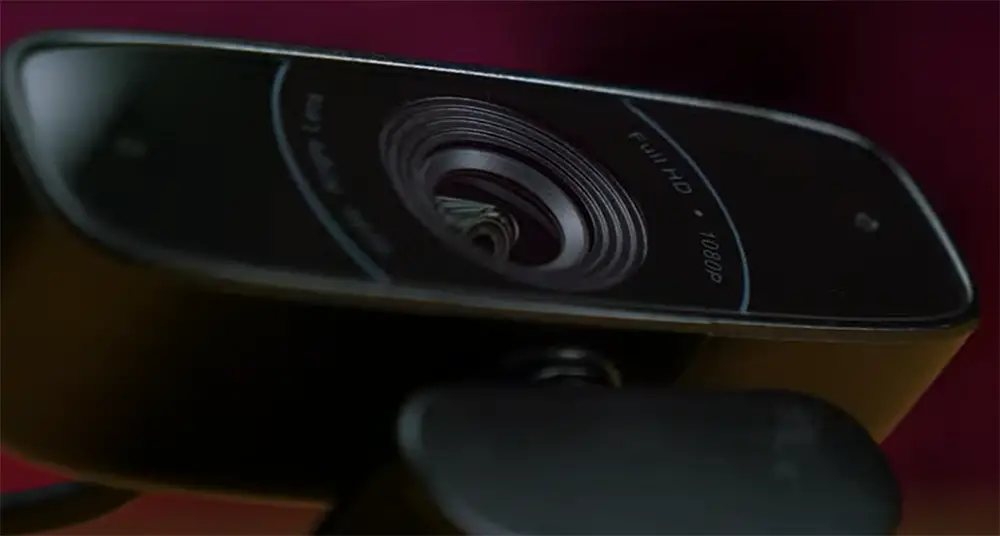
Webcams can be used for a variety of purposes. For example, you can use a webcam to take pictures or videos of yourself and then post those pictures or videos online. You can also use a webcam to video chat with someone else. Additionally, some people use webcams to create movies or video games.[4]
Is a Digital Camera Input or Output Device: Comparison Table
Digital cameras are ubiquitous in today’s tech-savvy world, revolutionizing photography by capturing images in electronic form. However, there might be some confusion regarding whether a digital camera is classified as an input or an output device. This table aims to compare various indicators and shed light on the nature of digital cameras as input or output devices.
| Indicator | Input Device | Output Device |
|---|---|---|
| Function | Captures and records images | N/A |
| Data Flow | Receives data (light) from the environment to create images | N/A |
| Examples | Webcams, Scanners | N/A |
| Storage | Stores images in memory cards, internal storage, or connected devices | N/A |
| Display | N/A | Some advanced cameras have a built-in display to show captured images |
| Connection to Other Devices | N/A | Can transfer images to computers, smartphones, or printers |
This comparison table examines various indicators to determine whether a digital camera is an input or output device:
- Function: A digital camera’s primary function is to capture and record images, which aligns more with an input device’s role.
- Data Flow: The camera receives data in the form of light from the environment to create images, reinforcing its status as an input device.
- Examples: Digital cameras share characteristics with other input devices like webcams and scanners, further supporting their categorization as input devices.
- Storage: Digital cameras store images in memory cards or internal storage, which is a typical input device behavior.
- Display: While most digital cameras do not have built-in displays (similar to output devices), some advanced models include screens to view captured images.
- Connection to Other Devices: Digital cameras can transfer images to computers, smartphones, or printers, resembling the behavior of output devices.
Based on this comparison, we can confidently conclude that digital cameras primarily function as input devices.
FAQ
What’s inside a digital camera?
A digital camera is an electronic device that captures and stores images in digital format. The images are usually stored on a memory card or in the internal memory of the camera.
Most digital cameras have a lens that focuses light onto an image sensor. The image sensor is a chip that converts the light into electrical signals. These signals are then processed by the camera’s internal computer to produce a digital image.
The quality of a digital image depends on several factors, including the resolution of the image sensor, the size of the lens, and the amount of light that hits the sensor.
Digital cameras also have a viewfinder, which you use to compose your shots. Some cameras have an LCD screen on the back, which you can use to preview your shots.
Digital cameras typically use batteries, although some models can be plugged into an AC outlet.
What’s the difference between a webcam and a digital camera?
A digital camera is a standalone device that you can use to take pictures or record videos. A webcam is a digital camera that’s connected to a computer. Webcams are typically used for video conferencing or live streaming.
Digital cameras usually have better image quality than webcams, because they have higher resolutions and better lenses. Webcams are usually smaller and more portable than digital cameras, making them more convenient for travel.
Who invented the digital camera?
The first digital camera was invented in 1975 by Steven Sasson, an engineer at Eastman Kodak. He used a charge-coupled device (CCD) to capture images onto a cassette tape. However, the quality of the images was poor and it took 23 seconds to record one image! Sasson’s invention paved the way for future digital cameras, which would eventually become smaller, lighter, and more affordable.
In 1981, Sony released the world’s first consumer digital camera, which they called the Mavica (an acronym for “electronic still video camera”). The Mavica was a bulky machine that used floppy disks to store images. Despite its size and price tag (around $600), the Mavica was popular among early adopters and hobbyists.
How are digital cameras different from traditional cameras?
Digital cameras are different from traditional cameras in a few key ways. For one, digital cameras don’t use film. Instead, they have a sensor that captures light and converts it into digital information that can be stored on a memory card. This means that you can take an unlimited number of photos with a digital camera without having to worry about running out of film.
Another key difference is that you can preview your photos on a digital camera before you print them or post them online. With a traditional camera, you wouldn’t be able to see your photo until after it was developed. This preview feature lets you make sure you’re happy with the photo before sharing it with others.
Finally, most digital cameras come with editing features that let you make changes to your photos before you share them. For example, you can use the editing features to crop a photo, change the color balance, or add effects like filters. This gives you more control over how your photos look before you share them with the world.
How does a digital camera capture images?
Digital cameras capture images using a combination of optical lenses and image sensors. The light passing through the lens is focused onto an image sensor, which converts the light into digital data, creating a digital image.
Are digital cameras capable of recording videos?
Yes, digital cameras can record videos in addition to capturing still images. They use their image sensors to capture a series of frames per second, which are then combined to create a video file.
Can a digital camera connect to other devices?
Yes, digital cameras can connect to other devices through various methods, such as USB, Wi-Fi, or Bluetooth. This allows users to transfer images and videos to computers, smartphones, or printers.
How do I store the photos and videos taken with a digital camera?
Photos and videos taken with a digital camera are usually stored on memory cards or internal storage within the camera. Some cameras also support external storage options like hard drives or cloud services.
Can a digital camera be used as a webcam?
Yes, many digital cameras have a webcam functionality that allows them to be used for video conferencing and live streaming when connected to a computer.
Are digital cameras weather-resistant?
Not all digital cameras are weather-resistant, but some models are designed to be more rugged and weather-sealed, making them suitable for use in various outdoor conditions.
How does the autofocus feature work in a digital camera?
Digital cameras use various autofocus mechanisms, such as contrast detection or phase detection, to automatically focus on the subject. These systems analyze the scene and adjust the focus to ensure the subject is sharp and clear.
What is the difference between optical zoom and digital zoom in a digital camera?
Optical zoom uses the camera’s lens to magnify the image, preserving image quality, while digital zoom enlarges the image digitally, resulting in a decrease in image quality as it simply crops and enlarges the existing pixels.
Can I edit photos directly on a digital camera?
Some advanced digital cameras offer basic photo editing capabilities like cropping or applying filters directly on the camera’s screen. However, for more extensive editing, photos are usually transferred to a computer or smartphone.
How do digital cameras handle low-light conditions?
Digital cameras handle low-light conditions through various methods, such as using larger image sensors, employing image stabilization, and enhancing sensitivity (ISO) to capture more light. Some cameras also have built-in LED flash or support for external flashes.
Useful Video: What is Digital Camera | Defination of Digital Camera| Input device…!
Conclusion
So, is a digital camera an input device or output device? The answer is… both! Whether your digital camera is acting as an input or output device depends on the specific situation. We hope this article has helped clear up any confusion you may have had about this topic. As always, if you have any further questions, feel free to reach out to us and we’ll be happy to help. Happy snapping!
References:
- https://cameraguider.com/digital-camera-input-or-output-device/
- https://linuxnetmag.com/is-digital-camera-input-or-output/
- https://www.chtips.com/computer-fundamentals/is-webcam-and-digital-camera-input-device-or-output-device/
- https://nerdytechy.com/is-a-webcam-an-input-or-output-device/





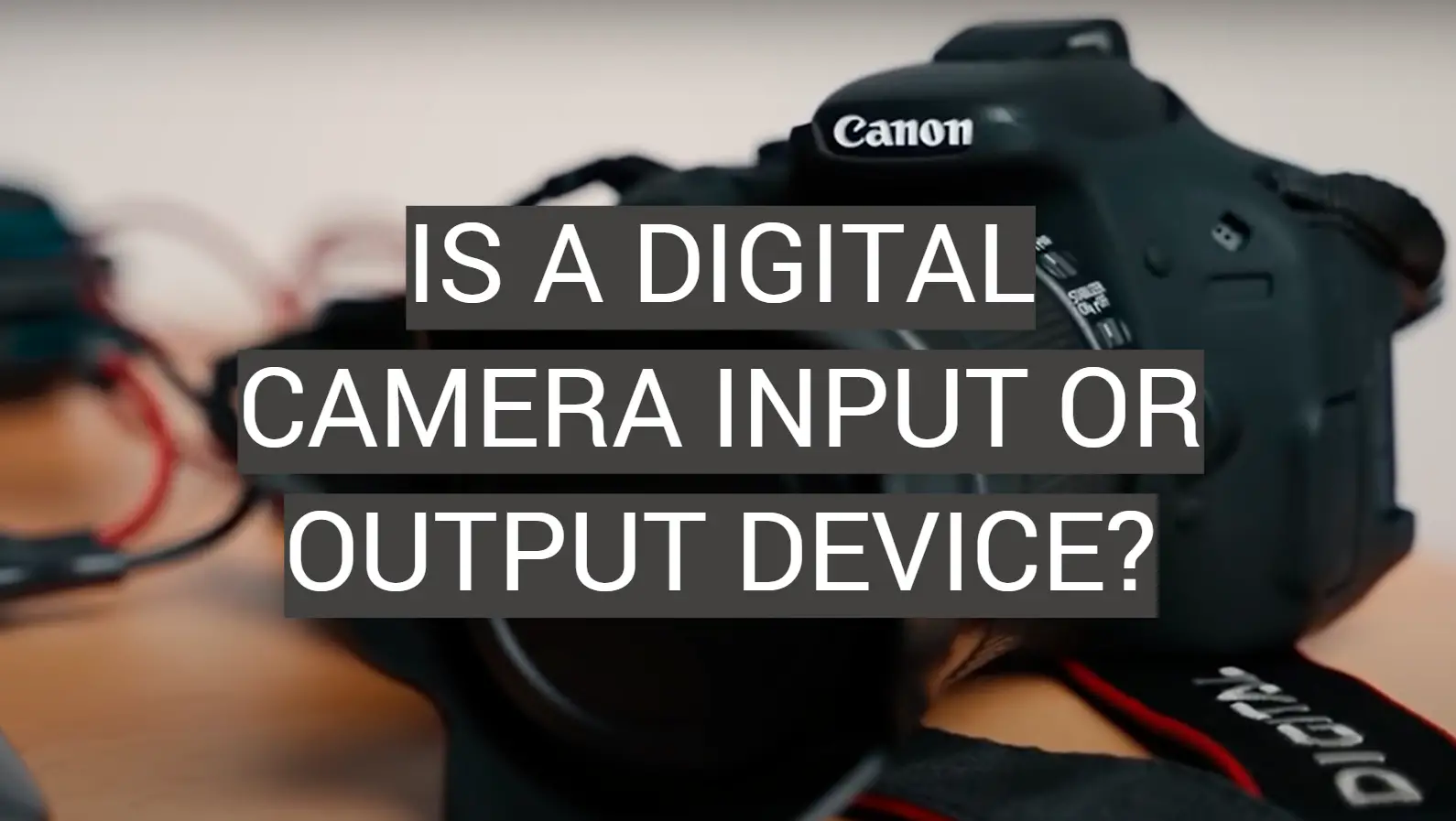
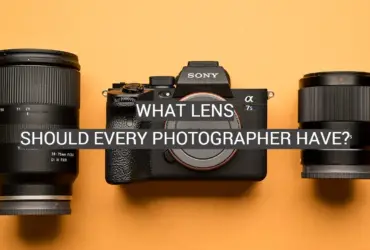





Leave a Reply